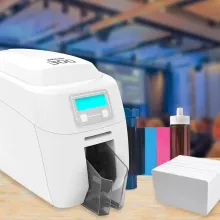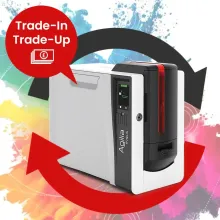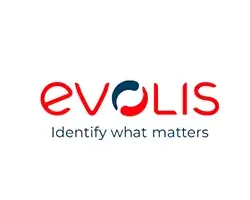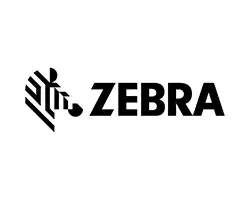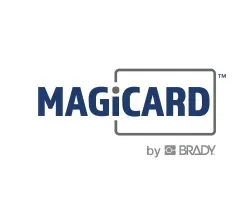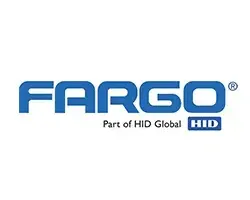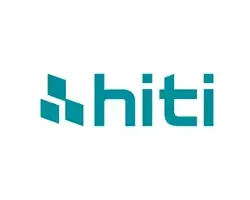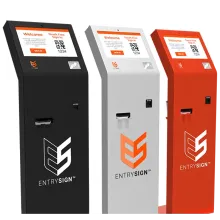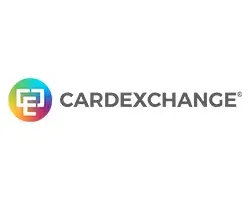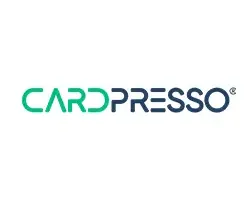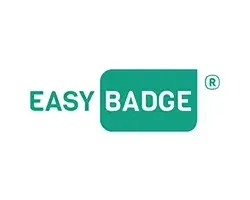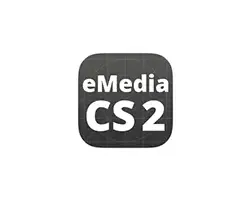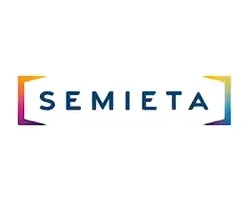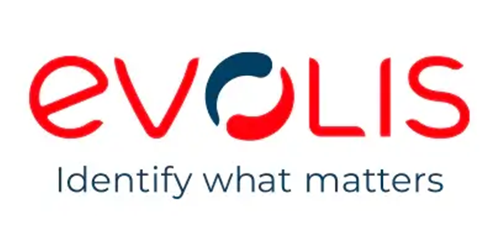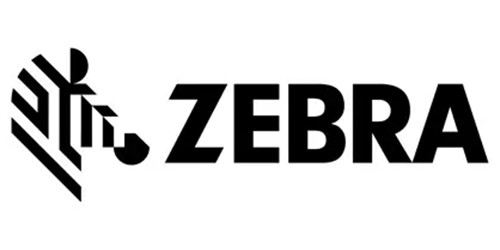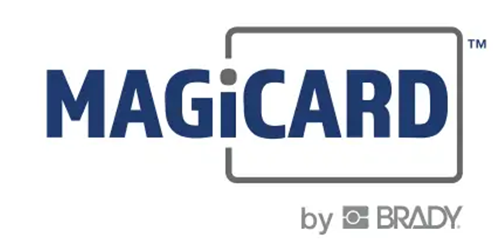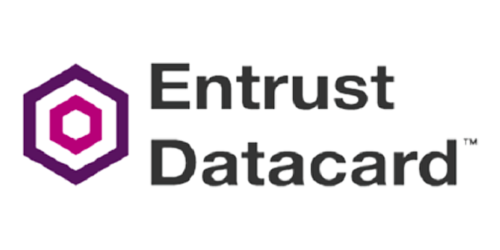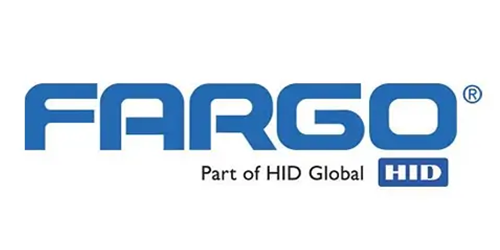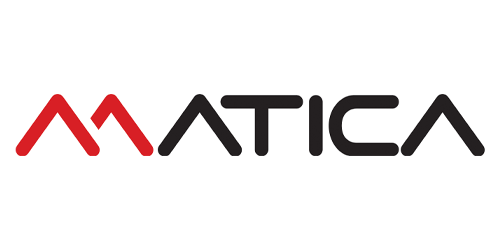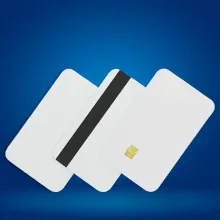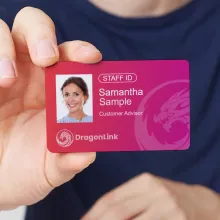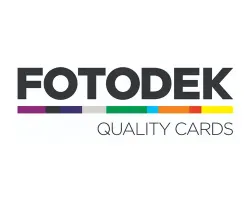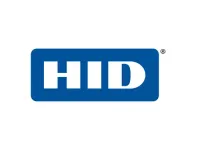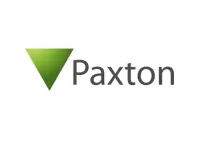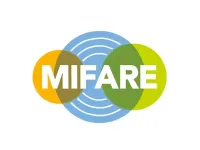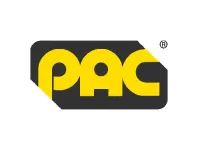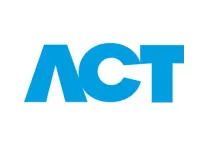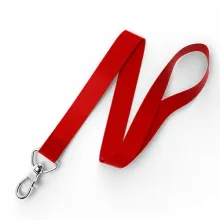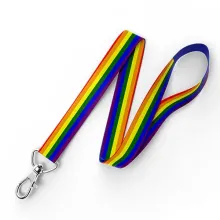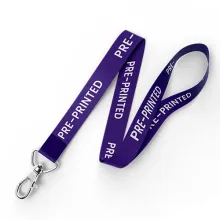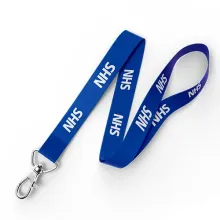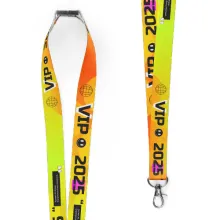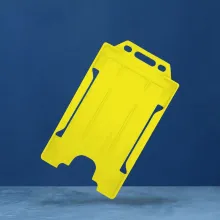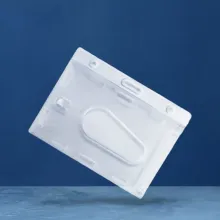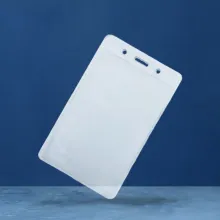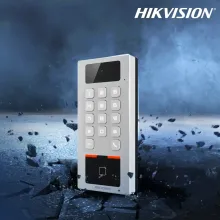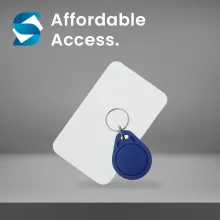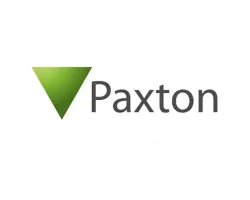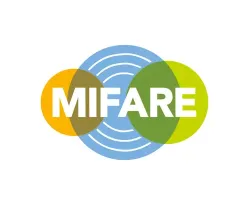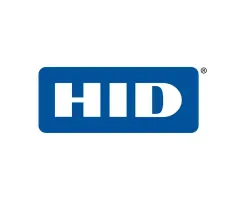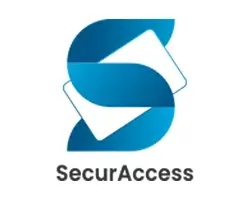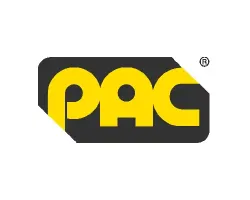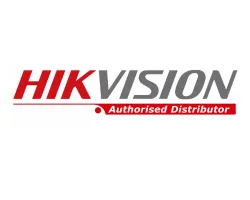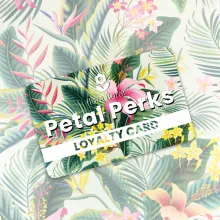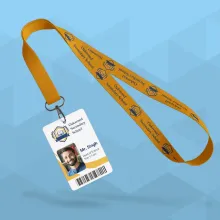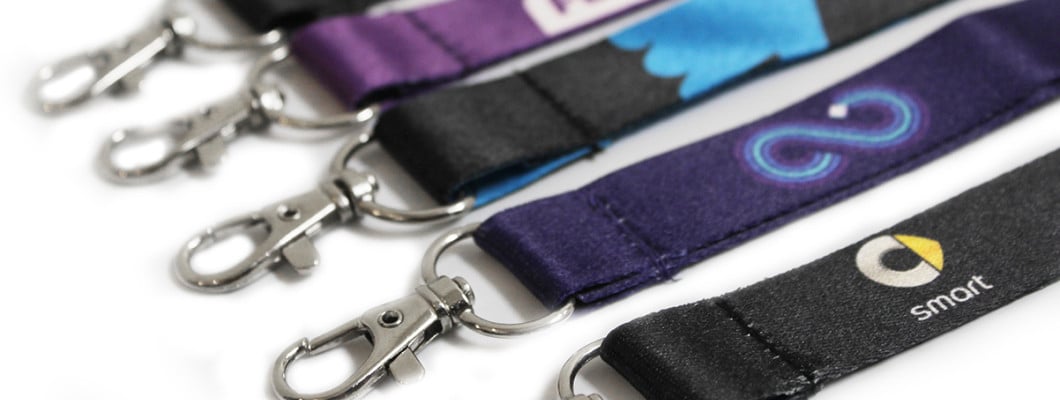
Published 13 September 2019
Last Updated 27 November 2025
|
Lanyards are used on a daily basis in healthcare, education, exhibitions, conferences and other events. Although lanyards nearly always display identification cards or entry passes, they often also have to hold mobile devices, other gadgets and/or car keys. Did you know that lanyards used to be called lanière in 15th-century France? Lanière roughly translates to strap. French soldiers used their lanières to keep their weapons close at hand for close combat or when boarding ships. Over time, the lanyard has gone from being a lifeline to carrying ID cards. Quite a transformation! The evolution of the lanyard continues. Today they can be made from a vast range of materials, can be branded, patterned or plain, and can carry a host of different types of attachments: cards, keys, mobiles or 15th-century military memorabilia. |
|
Types of Lanyard Materials:Lanyards are often made of polyester, but there are more interesting and environmentally friendly lanyard materials that we provide. For example, would you consider bamboo or recycled PET (polyethene terephthalate)? Here’s the lowdown on lanyard fabrics:
|
Which Lanyards Can Be Recycled?Some of our lanyards are entirely recyclable or biodegradable, but some have recyclable or biodegradable content, making them tricky to process. In response, we recommend taking them to your local recycling centre for a securer and more eco-friendly disposal. |
|
Plain, Pre-Printed or Personalised Lanyards?Lanyards can be plain, pre-printed or personalised. Plain and pre-printed lanyards are popular with the public sector, charities and businesses. Branded lanyards are often used to provide employees, visitors and contractors with recognisable passes. Organisers of events, particularly conferences and exhibitions, nearly always use branded lanyards so delegates and exhibitors visually correspond with the event they’re attending. Using branded lanyards in this way is particularly useful at venues which simultaneously hold more than one event, for example, Birmingham NEC. Whatever the use or occasion, promoting your brand on lanyards is a no-brainer for many PR and marketing managers. However, if budgets are too tight, plain lanyards are a cost-effective business option. This is why plain lanyards are so popular for charity fundraising and public events. At large events, lanyards can be colour coded to help instantly identify people with certain roles such as medics, security and catering staff or volunteers. These colour-coded lanyards are particularly helpful to security guards at outdoor events controlling restricted access areas. Text printed onto lanyards is another popular option. As with colour-coded lanyards, pre-printed lanyards are used to help quickly identify people with certain roles and levels of authority in busy areas. They are so frequently requested that we keep the following pre-printed lanyards in stock so that we can dispatch them extremely quickly:
Whichever type of lanyard you choose, there is a wide range of materials, thicknesses, styles and colours to choose from. Each option gives a different kind of finish, so if you need any advice, please contact us. |
|
Personalised Lanyards – Screen Printing or Dye Subli-what?!Personalised lanyards are often screen printed or dye sublimation printed. If you can tell us about how you’d like your lanyards branded, we can tell you which option would best suit your needs. Screen-printed lanyards go through the same process as screen-printed cloth, a technique that’s always been popular in the clothing industry. Lanyards can be screen printed up to 4 times. Each screen print is a single-colour design that can be felt if you run your finger over the lanyard’s fabric. Dye sublimation is a print process that covers the whole lanyard. It accommodates Pantone colour matching and intricate designs. Lanyards that have been printed on with dye sublimation are smooth and have a silky appearance, so the lanyards look more upmarket compared to the screen-printed versions. Personalised lanyards from ID Card Centre have a standard lead time of up to 20 working days from artwork sign-off. If you do not wish to wait that long, an expedited service is available. Depending on how urgent you require your fully personalised branded lanyards, we can produce and supply your personalised lanyards in 3 or 5 working days from artwork sign-off. Please note all expedited orders will always use the dye sublimation print process. |
|
|
|
What Else Can We Recycle?ID Card Centre offers a safe and secure recycling service for ID card printers, PVC cards, ID card printer ribbons and lanyards. For more information, please read our environmental policy. |
About the Author
Finley Barter
Sales Specialist
Finley Barter is a go-to expert for all things ID card printers and personalised lanyards, helping customers choose the right print solutions and branding options with confidence. Whether you're setting up a new system or upgrading your event materials, Finley ensures everything runs smoothly – from print quality to lanyard design.

